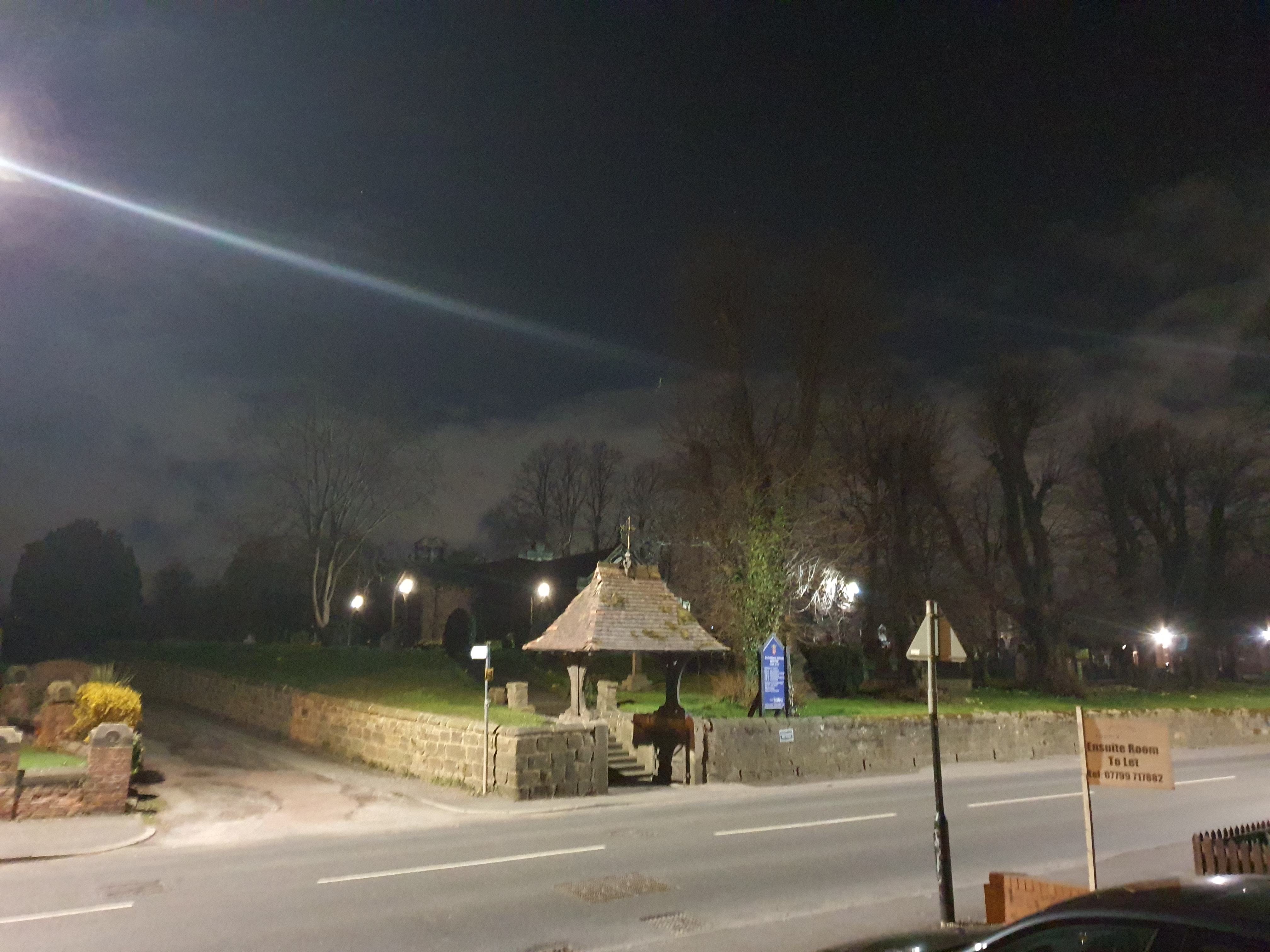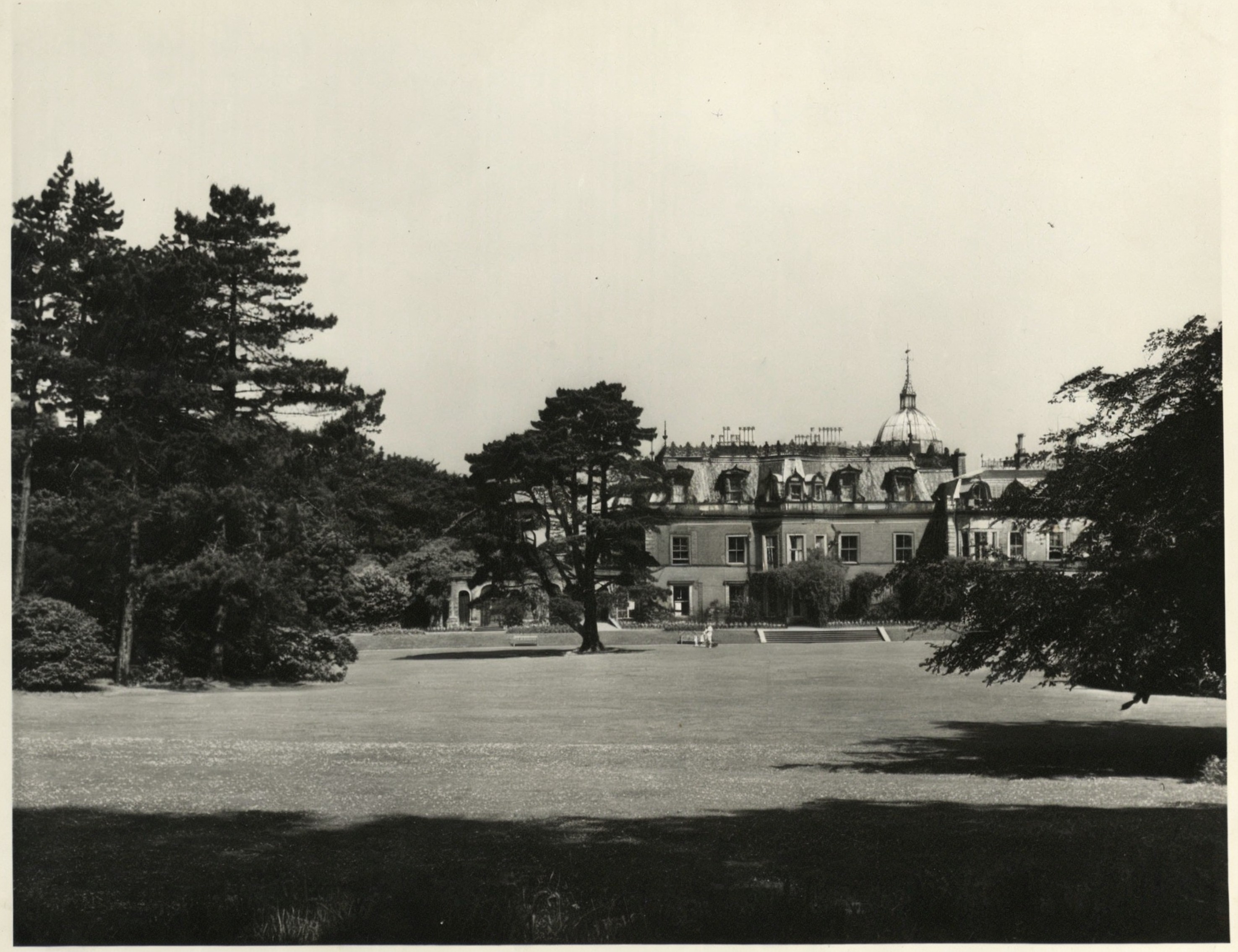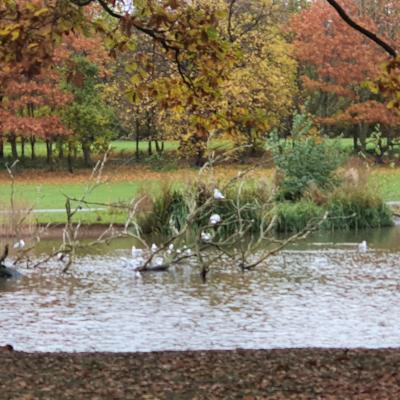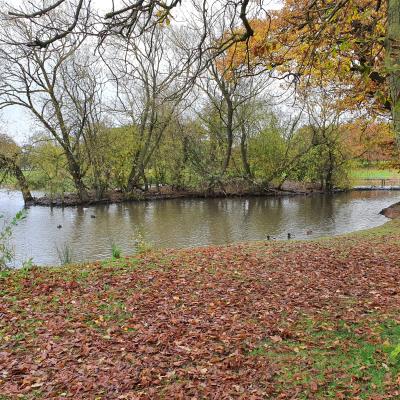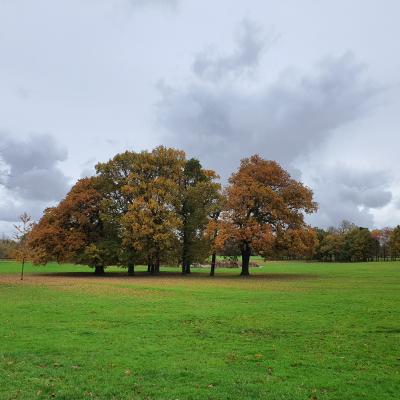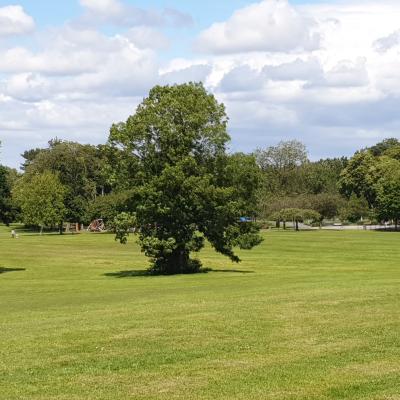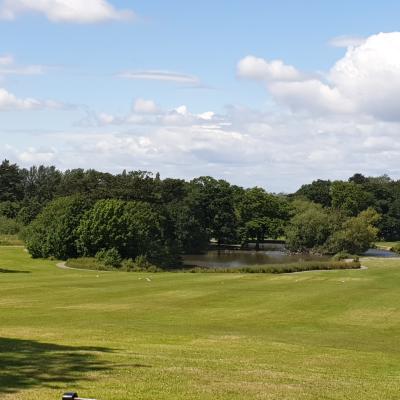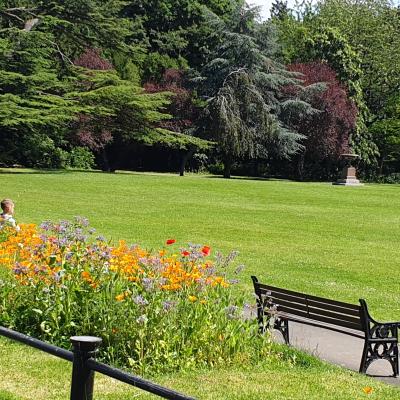Marton in Cleveland, now a bustling suburb of Middlesbrough, holds centuries of history, from its roots as a small
Marton in Cleveland, now a bustling suburb of Middlesbrough, holds centuries of history, from its roots as a small Anglo-Saxon settlement to its association with Captain James Cook, one of history’s most celebrated explorers. Let’s take an in-depth journey through time, exploring the vibrant story of Marton.
Ancient Beginnings and Medieval Times
The name "Marton" originates from the Old English words "Mere," meaning a pool or lake, and "Tun," meaning a settlement or farmstead. This suggests that Marton’s earliest settlers chose the area for its proximity to water and fertile lands. Marton is mentioned in the Domesday Book of 1086 as "Martune," a small hamlet under the jurisdiction of Orm, son of Gamul, a notable local landowner of Viking descent. At this time, the land was primarily used for agriculture, with much of the surrounding area covered by wild forests and marshland.
In the medieval period, Marton was part of the great Norman baronial estates. Its residents would have been predominantly farmers and craftsmen, living simple lives in a rural community. St. Cuthbert's Church, which stands today, originated as a place of worship for the villagers during this period. Over the centuries, the church became a cornerstone of the Marton community, evolving with the times but retaining its spiritual significance.
The Birthplace of Captain James Cook
Marton’s greatest claim to fame lies in its association with Captain James Cook, born here on October 27, 1728. Cook’s early life began in a modest clay-built cottage in the village, surrounded by the pastoral beauty of Marton. His father, James Cook Sr., worked as a farm labourer, and the family lived humbly. Though they later moved to Great Ayton, Marton remained an indelible part of Cook’s story, shaping his early character and igniting a curiosity about the wider world.
Today, the site of Cook’s birthplace is commemorated within Stewart Park, with a granite urn marking the exact spot where his family’s cottage once stood. The Captain Cook Birthplace Museum, located in the park, celebrates his life and voyages, showcasing artifacts, maps, and exhibitions that tell the tale of his contributions to exploration.
The Development of Stewart Park
The land that now forms Stewart Park was historically part of the Marton estate. In the 19th century, this estate was owned by Henry Bolckow, an industrial magnate and Middlesbrough's first mayor. Bolckow constructed Marton Hall, a grand residence, on the estate, surrounded by meticulously landscaped grounds. The hall became a symbol of prosperity during Middlesbrough's rapid industrial growth.
In the early 20th century, the estate passed to Councillor Dormand Stewart, who had a vision of preserving this space for public enjoyment. Stewart generously donated the land to the people of Middlesbrough, and Stewart Park officially opened in 1928. While Marton Hall was eventually demolished due to neglect, the park remains a thriving hub for recreation, nature, and community gatherings.
The Transformation of Marton
For centuries, Marton was a small, quiet agricultural village. However, the Industrial Revolution and the rapid growth of Middlesbrough in the 19th and 20th centuries brought significant changes. As Middlesbrough expanded, Marton transitioned from a rural settlement to a desirable residential suburb. The arrival of the Middlesbrough & Guisborough Railway in the mid-19th century further connected Marton to the surrounding areas, attracting more residents and fostering economic activity.
Despite urbanization, Marton has managed to retain its historical charm. St. Cuthbert's Church continues to stand as a reminder of the village’s medieval roots, while Stewart Park remains a green oasis amid the modern development.
Marton Today
In the 21st century, Marton is a vibrant suburb that honours its history while embracing modernity. Stewart Park remains a focal point, offering a space for recreation, reflection, and learning. The Captain Cook Birthplace Museum draws visitors from around the globe, ensuring that Marton’s connection to one of history’s greatest explorers is celebrated and preserved.
The community spirit that has defined Marton for centuries continues to thrive, with local businesses, schools, and cultural events contributing to its identity. Marton’s blend of historical significance and contemporary living makes it a unique and cherished part of Middlesbrough.
Marton in Cleveland is a tapestry of history, from its Anglo-Saxon origins and ties to Captain Cook to its evolution as a modern suburb. This rich narrative is etched into its landmarks, parks, and the hearts of its residents, ensuring that the story of Marton continues to inspire generations to come.

